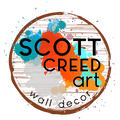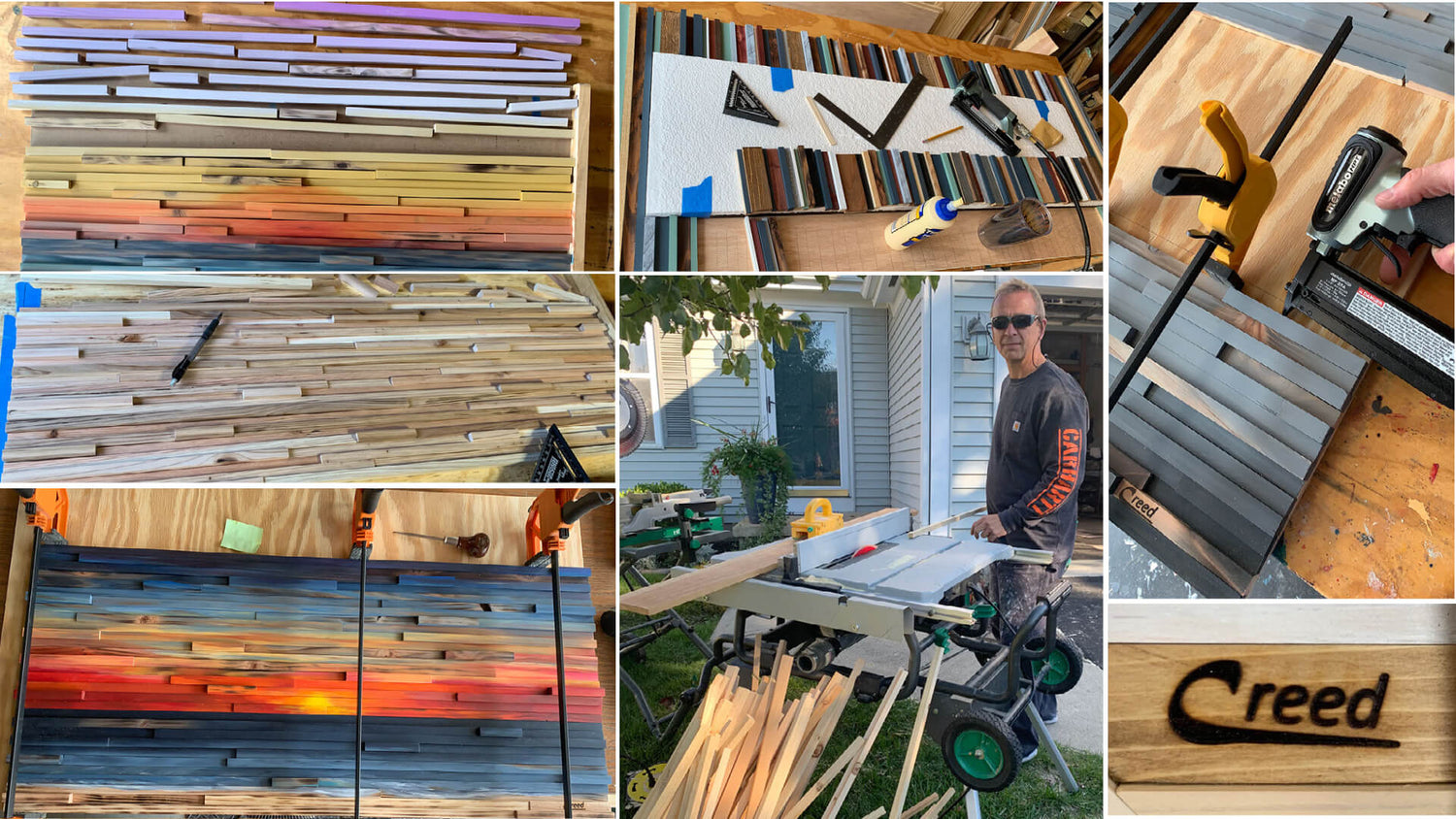What if I like a piece but it is marked as SOLD?
Contact me! I enter many community art shows and events where I sell my work. That means my inventory turns frequently. If you see a piece that you like but it has sold, contact me to discuss a custom piece that follows a similar style... but made specifically for you.
Do you have more pieces that are not shown on this website?
Yes, I do and here's why. During the art show season, I am in a busy cycle of prepping for shows, attending events and then rushing back home to remove pieces from this website that were sold. Then the next day, I start prepping for my next art show that may be only couple weeks away.
So, finding time to photograph new pieces, preparing their digital images to upload, adjusting inventory, updating my event page... is a challenge. Unfortunately, my website administrative updates are not made as quickly as I would like. Therefore, I may have pieces finished that do not get immediately added to the website.
My priority is to keep my pieces 100% handmade to a high standard that I can be proud of... and being able to enjoy community art events & the new friends I meet at them.
What are these made of?
All Wood; but a variety of types
- The Coastal Image Collection is made from Cedar because its unique grain pattern adds character to the artwork.
- The Mirror Collection is crafted using a variety of wood species to create a mix of grain, texture and color. Some mirrors may contain pieces of naturally aged wood such as barn siding to create a particular rustic artistic effect. Other mirrors may feature a collection of exotic wood species from outside the United States making them unique and a topic of conversation with guests.
- The Abstract Collection is made primarily from Poplar because the Poplar species has a closed grain (smooth) texture resulting in a smooth painted finish more aligned with a contemporary decor style.
The wood grain is beautiful. How do you achieve that?
I use a burning and sealing process. During the wood prepping phase, I will set aside pieces of wood that have unique grain characteristics. Later that grain is sectioned, heated just short of burning, pretreated, and once cooled, the color is added.
The burned grain will resist absorbing the paint/dye but the soft wood beside the grain will absorb the medium. The result is a striking mix of grain and color. It is one feature that makes my work unique.
Are those all individual pieces?
Yes they are all individual pieces. The preparation process is extensive. To start, the wood is run through a thickness planer. Then each large piece is run through a table saw to “rip” it to various widths. After that, the long pieces are cut to different lengths and arranged in a pattern that creates the dimensional appearance desired for that specific art piece. Lastly, they must all be sanded, painted and sealed... all prior to being assembled.
You don't paint each piece individually do you?
Yes, color is added to each piece individually before being assembled. If not, the paint would bridge, or fill in, the gaps between each piece. This would ruin the clean lines separating each individual piece of wood, and the dimensional appearance would be less striking.
How long does it take to make these?
My Coastal & Abstract pieces take approximately 24 -27 hours to complete. Full size mirrors take approximately 32-35 hours to complete. Once the type of wood is selected, it is run through a planer to achieve the desired thickness. Next, those boards are run through a table saw to "rip-cut" the board into several different widths. After that, I "cross-cut" the individual pieces to create the dimensional pattern. Each piece is then individually sanded. When that wood prep is finished, I choose interesting woodgrain to highlight and then it is ready to apply the color. Once painting is finished, 2-3 coats of Polycrylic sealer is applied and left to dry 24 hours. Lastly the pieces are assembled onto a backer-board and the frame is made.
How are the individual pieces of wood fastened together?
Two part fastening process consisting of wood glue and 23 gauge pin nails. After the pieces are colored and sealed, they are individually glued to the adjoining piece and to the backer-board. Then an air gun is used to shoot a pin nail at a 45-degree angle through the piece and into the backer board. Wood glue absorbs into the wood fibers so when dry, the glue is far stronger than the wood itself.
What kind of paint do you use?
I use an assortment of mediums depending on the art piece and the effect I want. I use primarily acrylic paint, wood stains and wood dyes. Wood dyes are the most interesting because their absorption rate varies tremendously in different species of wood.
I also use a tinting process. All of my pieces are sealed with a clear water-based Polycrylic sealer to preserve the color and protect the wood. Tinting is a process where you add color, usually a dye, to the sealer its applied. This adds a subtle translucent tone to the entire piece that enhances the depth of color but allows the wood grain to show.
The mirrors look really heavy. How much do they weigh?
The large full size mirrors (58”x24”) weigh approximately 30-33 pounds. Mirrors made with exotic wood species weigh more. That is comparable to a large bathroom vanity mirror. Each mirror comes with hanging hardware consisting of 2 D-rings and vinyl coated braided wire rated for 75 pounds. I use #12 wood screws that are screwed into a wall stud. If you prefer, you can purchase a metal hanger referred to as a French Cleat or Z Clip found at your local hardware, craft store or online.


